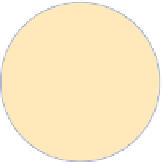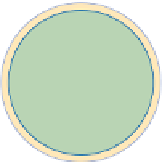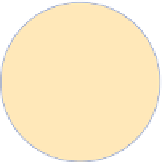Geoscience Reference
In-Depth Information
Phase 1 - 1883-97
Phase 2 - 1898-1919
Sea
Rapid colonisation
of strand-line
succession
Animal
Colonisation rate increases
as attraction to
frugivores increases
Animal
Delayed colonisation
of interior
Sea
Colonisation at
a reduced pace
Ferns
Others
Ferns
Others
Wind
Rapid colonisation of interior by pioneers
(ferns, grasses, composites)
Wind
Pioneers lose ground
Phase 3 - 1920-89
Barriers to further colonisation
Sea
Colonisation rate declines.
Diplochorous species
spread to interior by
birds and bats
Animal
Large seeded bat-spread
or terrestrial mammal-spread
species
Animal
More forest trees arrive.
Bats and birds critical
to mosaic development
Sea
Habitat restrictions
only
Ferns
Others
Wind
Species with large, heavy, winged seeds
e.g. mature forest canopy trees
Wind
Forest ephiphytes increase
as habitat increases
Figure 20.9
Model of vegetation recolonization on Krakatao, Indonesia, 1883-1989. Arrow widths are proportional to the
increase in species per year.
Source: After Whittaker (1997)
succession to climax is quicker. In Britain typical sites of
lithoseres are landslides, scree slopes and some cliffs.
Where bare rock surfaces have been formed by human
activity, e.g. quarrying, the scars formed on quarry faces
or on discarded rock waste remain visible for a long time.
In such cases, if reclamation is required, it is usual for the
slow natural processes to be speeded up by planting,
stabilizing loose surfaces, and even importing topsoil. By
these means the primary succession can be speeded up
tenfold (
Plate 20.4
).
As well as vegetation development and soil deepening,
the lithosere is characterized by biological invasions of
animals and micro-organisms which increase in abun-
dance and variety as the succession proceeds. Humus that
accumulates consists mainly of the droppings of small
arthropods (mites), collembolan (springtails) and insect
larvae. These all play an important role in breaking
residues. On base-rich limestones the chemical conditions
are especially favourable for earthworms, which will
invade the thin soil and thoroughly mix mineral and















































































